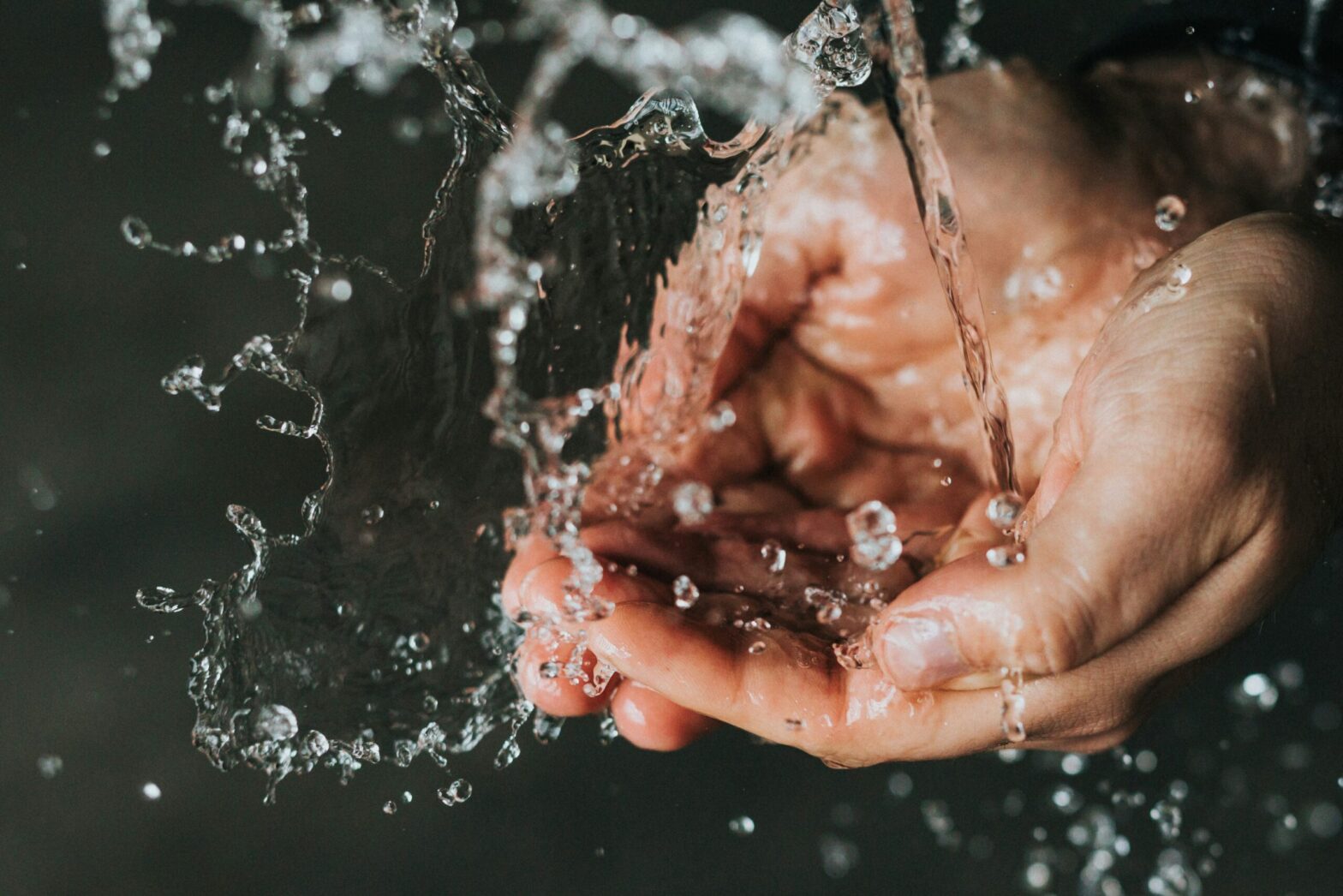
Moishe Moment: Turning Cleanliness Into Community Building Ritual/Adaptation

Shabbat Parah By Rachel Dubowe, Jewish Life Specialist
Shabbat Parah is one of the four special Shabbatot* that happen leading up to Passover. During this Shabbat, we read Numbers 19:1-22, which details how the ashes of a red heifer were combined with water to ritually purify anyone in contact with a dead person. This was especially important leading up to Passover, as anyone who had become impure was asked to purify themselves before making the Passover pilgrimage. This ritual was one of many that defined the Israelites. Rituals build community. Rabbi Lord Jonathan Sacks said, “Ritual turns us from lonely individuals into members of the people of the covenant.” Rabbi Sacks’ thoughts on ritual easily apply to this ritual that we are introduced to during Shabbat Parah. Impurity can often lead to isolation, loneliness and being outcasted, but here we have something in place to ensure that everyone can celebrate Passover together. This ritual speaks to the importance of Passover prep and inclusivity and community building. To be able to transition from being an individual to a member of the covenant is significant and is the underlying fabric of many of our rituals in Judaism. From being a MHWOW Host to a House/Pod Resident to a Community Member, Moishe House lends itself to countless ritual making moments and it goes without saying that these rituals move our lonely individuals into members of our very own covenant.
What are the modern versions of impurity? How does this ritual exist in modern times? What ritual do you want to start or continue that lends itself to community building?
*Shabbatot is the plural of Shabbat
Parashat Tzav “Command” By Rachel Raz, Jewish Life Specialist
Parashat Tzav lists laws of sacrifices and describes them in detail. For a long time, sacrifices were a core practice in Judaism, but for over 2000 years they have not been practiced. Why are we still reading and learning about this practice, and what can we learn from it?
Rabbi Jonathan Sacks (z”l*) explained that when the temple in Jerusalem destroyed and sacrifice could not take place, the Rabbis and wise leaders where finding substitutes for sacrifice. They remembered the past but didn’t obsess about it. They adapted and looked for ways to continue forward. Rabbi Sacks emphasized that this is one of the strengths of Judaism which helped it thrive for thousands of years.
One such practice was gemillut chassadim, acts of loving-kindness. Rabban Yochanan ben Zakai comforted Rabbi Yehoshua, who wondered how Israel would atone for its sins without sacrifices with the words: “My son we have another atonement as effective as this: acts of kindness, as it is written ‘I desire kindness and not sacrifice’” (Hosea 6:6). He continues and shares other substitute practices such as prayers, learning of Torah and welcoming guests.
Moishe House is a modern adaptation and evolution of Judaism, a newer place of gathering, a place for Jewish community and practice. What do you do to make Moishe House a Jewish space? What do you and your community practice? Tikkun Olam? Torah learning? Prayers? What would you like to add?
*z”l – zichrono l’vracha – May his memory be for a blessing – often added after the name of someone (in writing or verbally) who has passed away